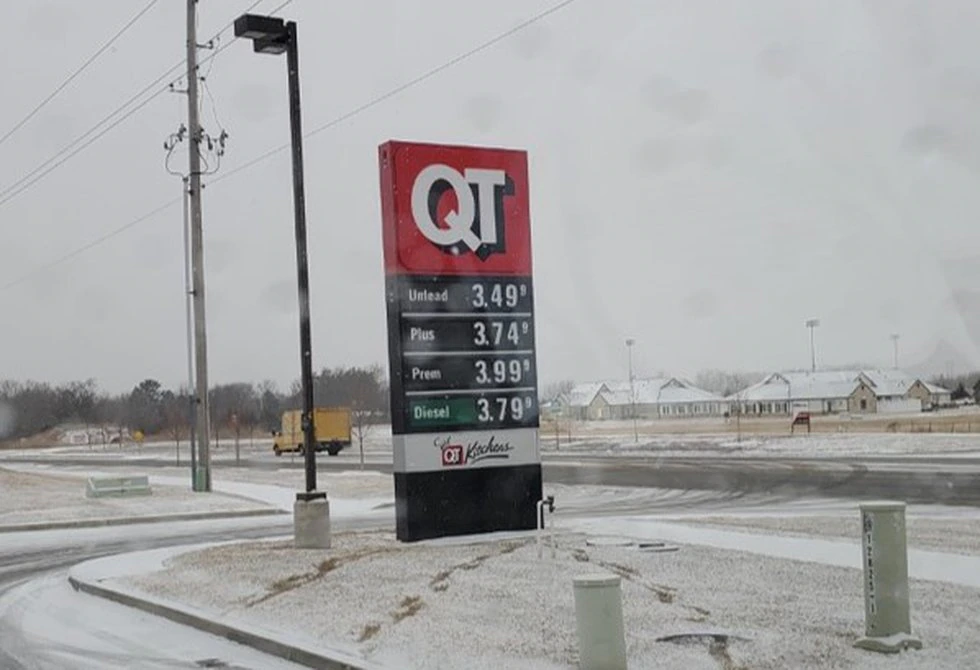
As the country faces record high inflation and high gas prices, some Saskatchewan businesses in the event and wedding industry are taking a hit.
Trystan Meyers is the owner and operator of Armed with Harmony, a DJ service in Saskatoon, and says contracts for events are signed one or two years in advance, not anticipating the cost of everything going up.
“It’s really hard to be able to go back to retroactively say ‘well now this is actually the price of the service you’re getting’ or the costs associated with that,” Meyers told CTV News.
He says it’s “frustrating” because the price for simple things they use every day like microphone batteries and tape for cords are rising in price.
Meyers says his business is eating the cost as they want to remain reputable and have a good relationship with their clients.
“It’s definitely affecting our bottom line and having two years of COVID also affecting our bottom line before that, makes it quite challenging just to survive as a business,” he said.
Owner of RSVP Event Design Crystal MacLeod says “it’s been tricky” as she didn’t see inflation and high gas prices coming to this degree.
“At this point, we’ve just had to eat the cost and honour the contracts that were signed in some cases, three years ago because of postponements due to COVID,” MacLeod said.
MacLeod says her business notices the cost when it comes to gas for getting to and from events, picking up and delivering items, and shipping costs for new items.
“As a small business owner, you’re always worried. It’s such an up and down experience,” she said.
While RSVP Event Design is the busiest it’s been in 23 years, MacLeod says it’s due to postponed events from the pandemic. This summer MacLeod says most weekends are filled with two to three weddings.
Regardless of inflation and gas prices, MacLeod says she was already planning to raise rates by around 10 per cent and that it’s “necessary.”
As an event planner, MacLeod anticipates companies or couples can expect higher food costs for their event or wedding in the next year.
“I have found that people perhaps are just so excited to be gathering again they’re spending a little bit more money on things for their event that maybe they wouldn’t have considered before,” she said.
With the summer being completely booked up for corporate events and weddings, MacLeod says she’s never had to turn away as much business as she has in the last six months. She’s almost at the point where she’s getting close to capacity for 2023.






